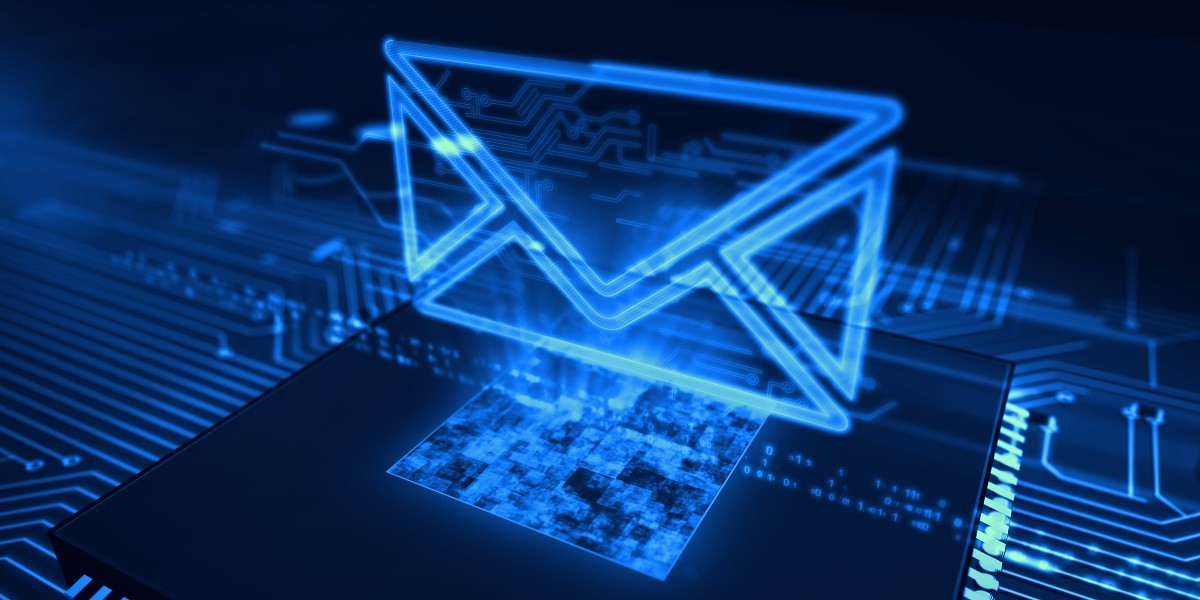
In today’s digital age, securing your email communications is more crucial than ever. Whether you’re a professional handling sensitive information or an individual keen on protecting your privacy, knowing how to send encrypted email Outlook can be a game-changer. This comprehensive guide will walk you through the steps to ensure your Outlook emails are encrypted, keeping your data safe from prying eyes.
Understanding Email Encryption
Before diving into the specifics, let’s understand what email encryption entails. Email encryption is the process of encoding your email’s content to prevent unauthorized access. Only the recipient with the correct decryption key can access the message’s content, ensuring your information remains confidential.
Why Encrypt Your Emails?
Encrypting your emails protects sensitive information from cyber threats, including hackers and phishing scams. It’s essential for complying with privacy laws and maintaining client trust, especially for businesses handling personal data.
Setting Up Encryption in Outlook
- Obtain a Digital ID: First, you need a digital ID, also known as a digital certificate, to encrypt emails. This ID verifies your identity to the recipient.
- Install the Digital ID: Once obtained, install the digital ID on your computer. Outlook will use this ID to encrypt and sign your emails.
- Compose Your Email: With your digital ID in place, you can start composing your email in Outlook.
- Encrypt Your Email: Before sending, select the option to encrypt the message. This ensures that only the recipient can read your email.
Encrypting Emails for Office 365 Users
Office 365 users have additional tools at their disposal for email encryption. Microsoft’s Office 365 Message Encryption (OME) is a feature that allows users to send encrypted emails to any address, enhancing security across different platforms.
Step-by-Step Guide to Encrypting Emails in Outlook
- Open Outlook: Start by opening your Outlook application.
- Compose a New Email: Click on “New Email” to start composing your message.
- Access the Encrypt Button: In the Options tab, you’ll find the “Encrypt” button. Clicking this button encrypts your email.
- Choose Encryption Options: Select the level of restriction you wish to apply to your email. You can mark it as confidential, private, or public.
- Send Your Email: Once encrypted, send your email as usual. The recipient will need the appropriate permissions or decryption key to view the content.
Best Practices for Email Encryption
- Regularly Update Your Digital ID: Ensure your digital ID is up-to-date to avoid encryption errors.
- Inform Your Recipients: Let your recipients know they’ll receive an encrypted email, especially if it’s their first time.
- Use Strong Passwords: Enhance your email security by using strong, unique passwords for your email accounts.
Conclusion
Encrypting your emails in Outlook is a straightforward process that significantly enhances your digital security. By following the steps outlined in this guide, you can protect your sensitive information from unauthorized access and ensure your communications remain private.
Frequently Asked Questions (FAQs)
- Do both the sender and recipient need a digital ID for encryption?
Yes, both parties need a digital ID to encrypt and decrypt the email. - Can I encrypt emails sent to non-Outlook users?
Yes, using Office 365’s Message Encryption, you can send encrypted emails to any email address. - How do I know if my email was encrypted successfully?
Outlook will display a lock icon on encrypted emails, indicating successful encryption. - What happens if the recipient doesn’t have the necessary decryption key?
The recipient will receive instructions on how to obtain the decryption key or access the encrypted email through a secure web service. - Can encrypted emails be intercepted and read by others?
While no system is entirely foolproof, encryption significantly reduces the risk of unauthorized access to your emails.